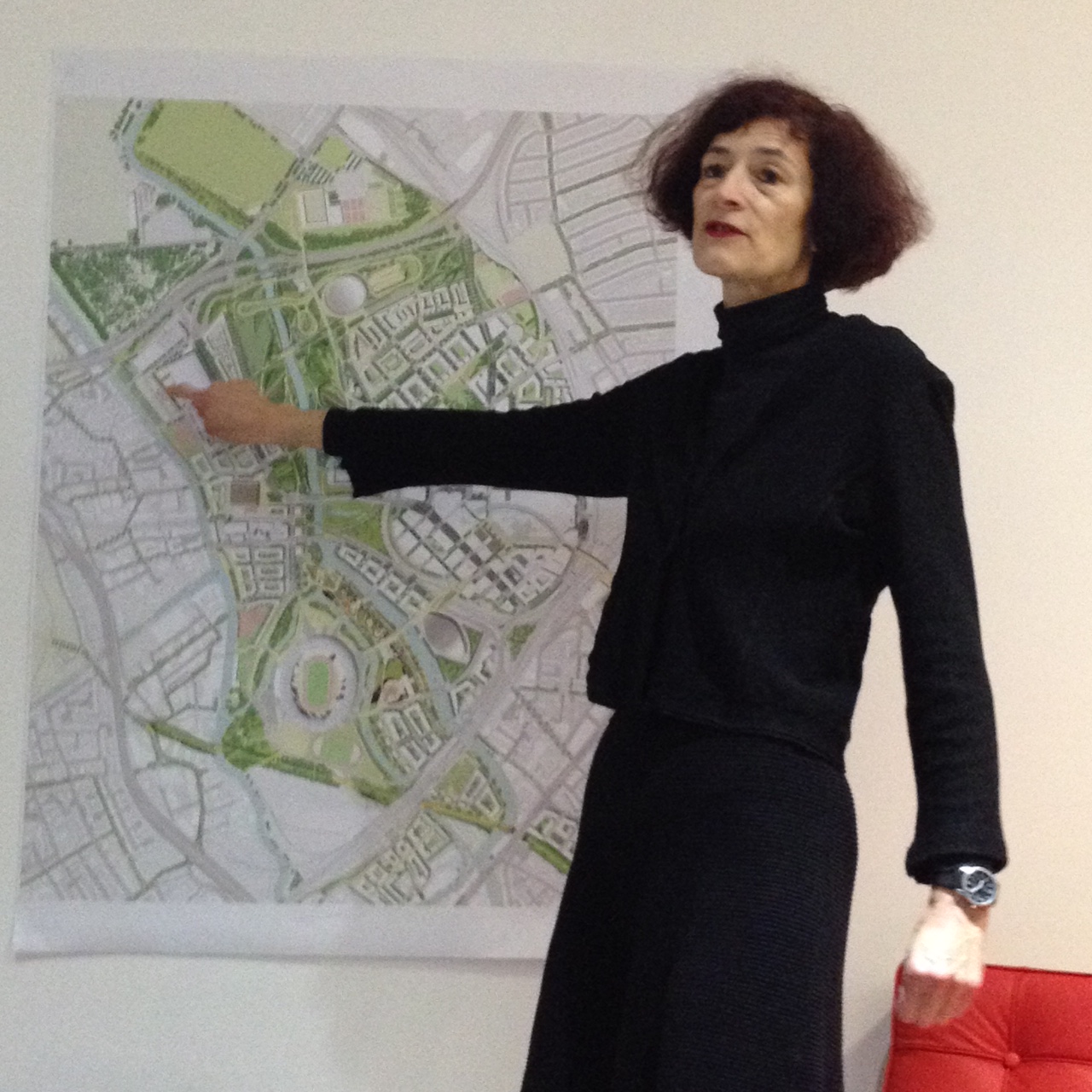Post
The London Society Supurbia Bus Tour
26 Nov 2014
The London Society has proved to be a supportive environment for thinking around our development of the 'Supurbia' concept at HTA Design LLP.
Supurbia is an idea about transforming the contribution to city life of our low density outlying suburbs through the liberalisation of permitted development and associated policies, enabling benefits for residents.
In the early days of the revitalised London Society committee its Chairman, Peter Murray, suggested a suburban bus tour - in November. Thankfully, when it came to it, our journey through East London on a 1964 Routemaster bus took place on one of those unseasonably warm and sunny autumn days.
Uppermost in my mind on the trip was the whole question of the character of suburbia. This question was placed in sharp focus by a comment on our London Society website by a correspondent who had his planning application to fill a gap between suburban semis turned down at appeal on grounds of being 'out of character'.
So, what is the character of our suburbs? Should we accept that this has been established for ever by the millions of suburban semis that were built between the wars before the green belt put a stop to urban sprawl. We would argue that preservation of neighbourhoods at these low densities is not the way to regenerate those (by no means all) suburban neighbourhoods that are failing.
Perhaps more significantly, the suburbs are an opportunity we cannot afford to ignore in the response to the challenges of increasing housing supply and meeting sustainability targets. In our preliminary study based in Bexleyheath we found a typical block of 1.5 hectares at 27 homes per hectare accommodated just 100 people or so, using more than 300 tonnes of CO2 per year as a consequence of the nature of the stock and suburban lifestyle.
In our view, what draws people to the suburb is the opportunity to enjoy the individual identity in their homes, access from street level direct to front doors, readily and plentifully available private outdoor space, and a choice of transportation means, including, of course, the motor car. And we have attempted to characterise aesthetic preconceptions of suburban homeseekers in a contribution to the first issue of the London Society Journal of our tenure.
Its notable that 'The London Suburb' edited by Andrew Saint, entertains a very broad definition of the suburb, including Roehampton and Alexandra Road as exemplars alongside Bedford Park and Hampstead Garden Suburb. So our bus trip took in the new neighbourhoods being developed around the Queen Elizabeth Olympic Park by the OPLA, Award winning schemes by Sheppard Robson for Bellway at Barking Reach, the astonishing legacy of GLC overspill housing being managed Peabody at Thamesmead and the thorough redevelopment of the Ferrier Estate at Kidbrooke Village by Berkeley Homes
Key conclusions were that high quality transportation infrastructure is critical to the success of new, intensified or revitalised suburbia. Lashings of high quality and well kept public open space makes for a suburban feel and attractive outdoor life even when densities are raised considerably. The high densities and a critical mass of occupation are a minimum requirement to sustain an attractive local service offer. And the semi detached typology is a thing of the past!




